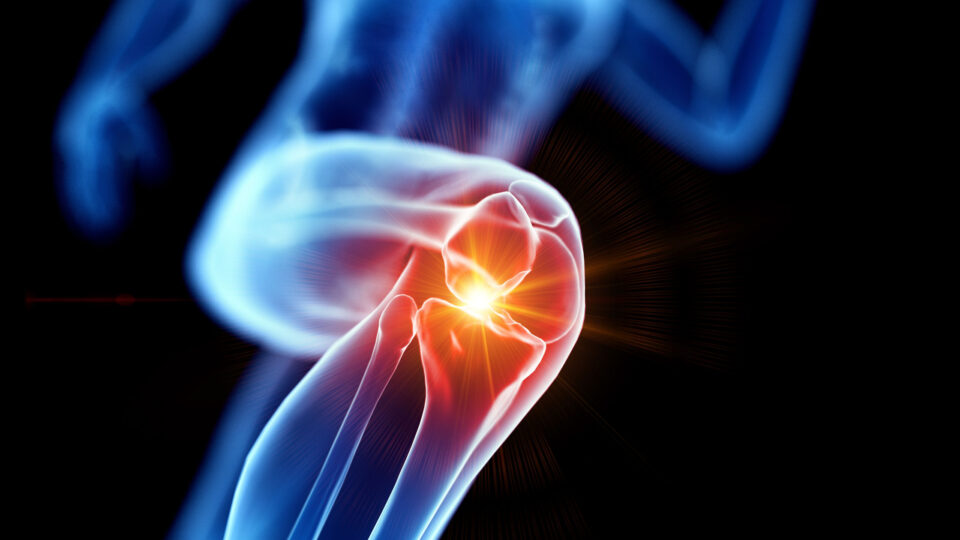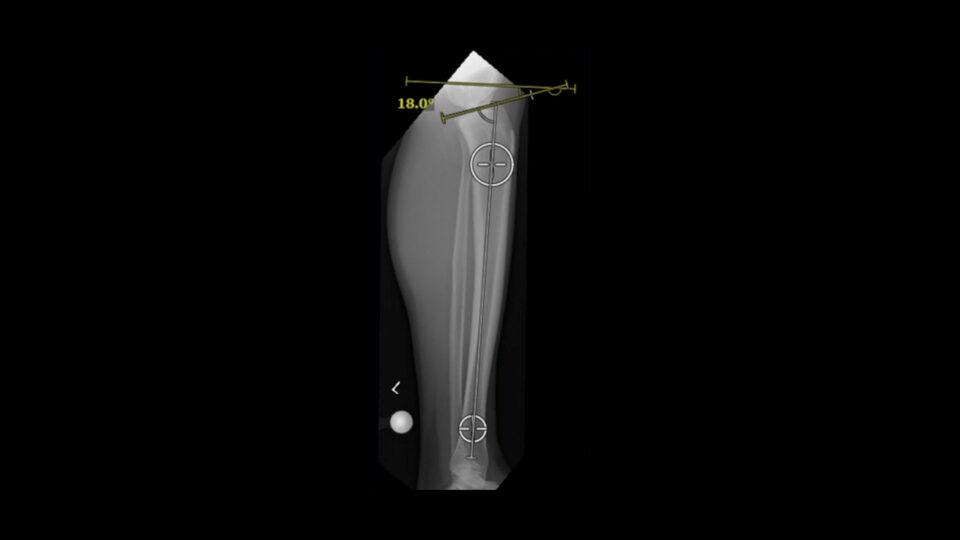Referral Notes:
- Unilateral biportal endoscopic (UBE) microdiscectomy is an emerging, minimally invasive treatment for lumbar stenosis and disc herniation.
- NYU Langone is among only a handful of centers offering the technique and is leading in the number of cases performed.
- In a retrospective analysis, single-level UBE surgery reduced the use of opioids by 21 percent compared to tubular lumbar microdiscectomy, potentially owing to the less-invasive nature of the surgery.
- Future prospective and/or randomized studies will provide a more robust comparison of minimally invasive surgical options.
A breakthrough technique for lumbar disc herniation is minimizing pain and reducing postoperative opioid and nonopioid pain medication consumption for patients, according to a study published in World Neurosurgery.
Charla R. Fischer, MD, co-director of the Endoscopic Spine Surgery Program at NYU Langone Orthopedics, and Yong H. Kim, MD, director of the degenerative spine service in the Division of Spine Surgery, are helping to pioneer the ultra-minimally invasive procedure that involves tiny incisions and placement of same-sided endoscopic portals for optimized visualization and flexibility.
“This technique is a game-changer because it gives patients a better recovery, with less pain and less need for opioids and their related side effects.”
Charla R. Fischer, MD
“This technique is a game-changer because it gives patients a better recovery, with less pain and less need for opioids and their related side effects,” Dr. Fischer says.
The UBE Procedure
The procedure, called unilateral biportal endoscopic (UBE) microdiscectomy, is a novel technique for treatment of lumbar stenosis and disc herniation. The endoscopic method was designed to preserve more osseous and muscular structures compared to open and tubular approaches.
While UBE microdiscectomy has shown early potential, there is still a lack of literature comparing its effectiveness to other minimally invasive techniques, especially when evaluating patterns of postoperative pain medication use.
“Until our study, there was a lack of understanding how endoscopic spine surgery compares to other minimally invasive techniques, especially in the context of postoperative opioid consumption,” explains Dr. Fischer.
“Against the backdrop of the opioid crisis, focused efforts are needed to reduce opioid use after surgery,” she adds.
Early Results Look Promising
The retrospective analysis of 102 patients revealed that single-level UBE surgery reduced the use of opioids by 21 percent right after surgery compared to tubular lumbar microdiscectomy, potentially owing to the less-invasive nature of the surgery.
According to the researchers, pain medication consumption served as a proxy metric for postoperative pain in the study. Overall, the use of non-opioid pain medication was reduced by 24 percent, largely driven by a reduction in prescriptions for acetaminophen, NSAIDs, and muscle relaxant agents when compared to the tubular patient cohort.
In terms of surgical outcomes, there were no differences in complication or reoperation rates, but UBE was associated with longer operating times.
The researchers speculated that the difference was due to the steep learning curve associated with UBE technique. NYU Langone is among only a handful of centers across the country performing the technique.
“We are leading in the number of cases performed because we’ve seen the benefit it brings to our patients and their recovery.”
Yong H. Kim, MD
“We are one of the few centers with expertise in UBE spine surgery,” Dr. Kim says. “We are leading in the number of cases performed because we’ve seen the benefit it brings to our patients and their recovery.”
Tracking Long-Term Outcomes
As the surgical team continues to achieve success for patients, they plan to continue following patients who receive both types of surgeries in order to track long-term outcomes. Their goal is to obtain a larger study population, greater effect size, and longer time endpoint data.
Dr. Fischer acknowledges that more research is needed to conclusively measure postoperative pain reduction after UBE spine surgery, emphasizing that future studies will include both patient-reported pain scores and postoperative pain medication prescription metrics.
“As the UBE technique gains traction, a future prospective and/or randomized trial will provide a more robust comparison of minimally invasive surgical options,” she says.







